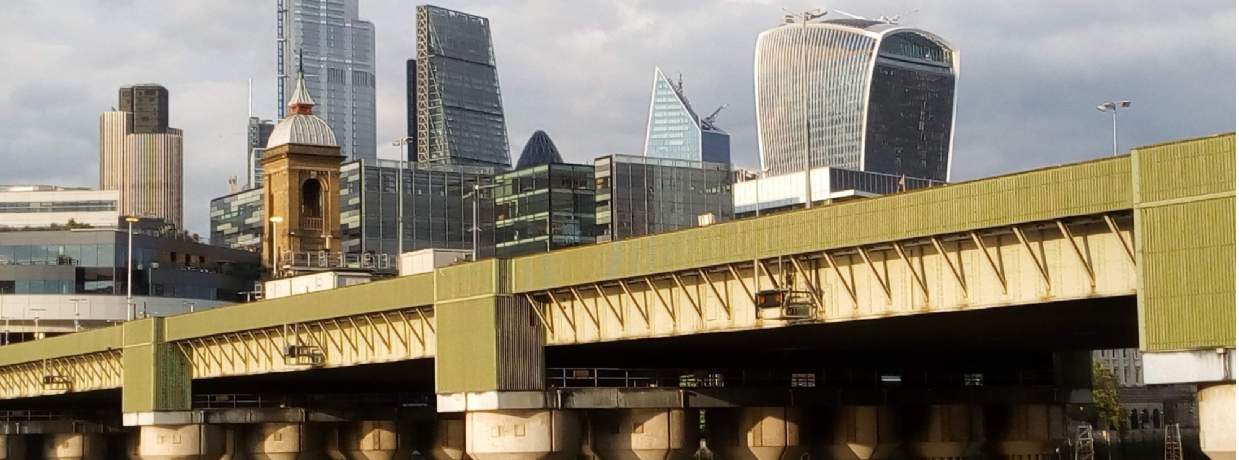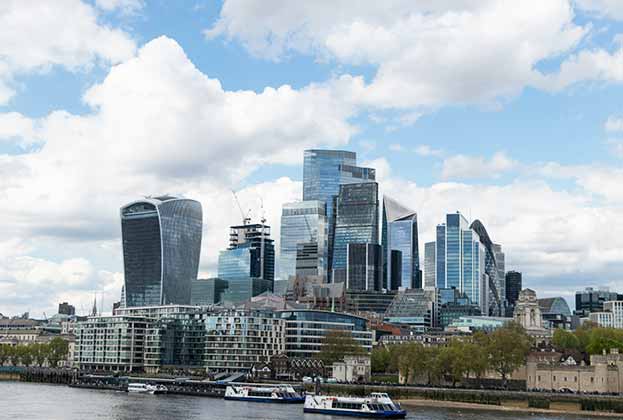The investment stats for the third quarter confirm that the central London office market is back from its Covid-19-induced slump. Our figures show that £7.76 billion had transacted across central London by the end of the third quarter, with our latest stats showing the City also saw £1.013 billion transacted last month, the largest September volume we’ve ever recorded. Yields are currently at 3.25 per cent in the West End and a record low of 3.75 per cent in the City.
Occupier activity has also picked up: office take-up across central London reached 5.1 million sq ft by the end of September, easily overtaking 2020’s total annual total with the final quarter still to go. But the eagle-eyed in the market will have noted that take-up remains below pre-Covid levels as some companies still debate their return to work strategies.
With investment performance based fundamentally on a building being occupied and having a strong rent roll, from the outside it therefore looks like a bit of a paradox is at play: why is pricing and demand for London assets so strong when the underlying fundamentals are seemingly quite weak? And, taking this to its natural conclusion, does this mean that London assets are overpriced?
While it’s true that normally a slower than normal occupier market would be a cause from concern, to date it’s not raising red flags with buyers. Investors, both foreign and domestic, have faith that the underlying strength of London as a destination for top companies and as a hub for business remains strong and that it has weathered much worse than Covid-19.
Figures showing the number of people returning to the office steadily rising since September and stats demonstrating underlying demand for space by occupiers has also increased (over 3 million sq ft of office space was under offer across central London at the start of Q4, according to our research) have helped buoy investor confidence and certainly don’t make it feel like it’s been misplaced.
The sheer amount of capital targeting real estate globally has also surged over the past year as investors and institutions have chased income in a low interest rate environment, with property largely offering stronger returns than bonds or debt. With many having no choice but to continue to deploy capital, central London offices, which benefit from a slight discount in cash-on-cash terms and higher yields relative to many other European CBD markets, are a particularly attractive target.
Inflation and potential interest rate rises are ones to watch but a rate rise will not necessarily trigger a downturn for the market. Generally, commercial property prices have a relatively loose link with inflation, and a much stronger one with economic growth. Yields can continue to compress while rates rise so long as rental growth continues. While this growth could be tempered by higher inflation, this is likely to be short-lived. Conversely cost inflation on construction materials and labour could slow the supply of new projects and thereby support rental growth on existing assets.
Overall, while there are reasons to be cautious, demand remains high and the assets marketed continue to be the subject of competitive bidding so the London office market looks set to remain attractive for the foreseeable future.
Further information
Market in Minutes: City Investment Watch





.jpg)

.jpg)


